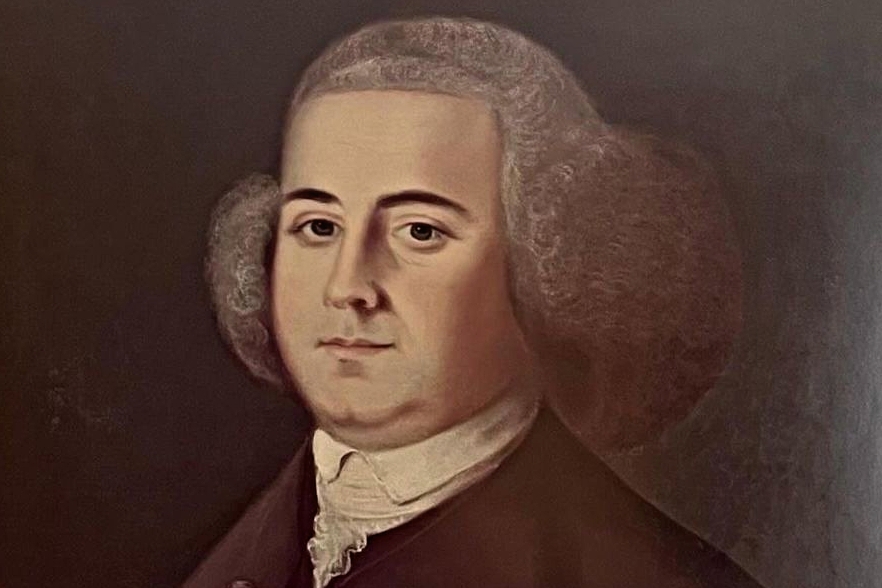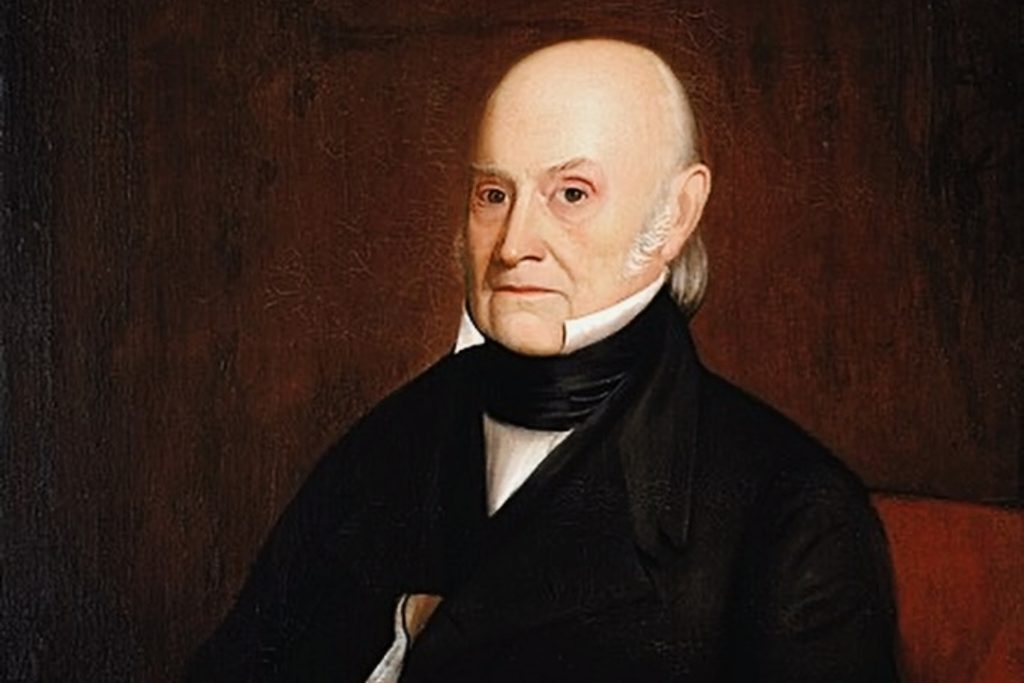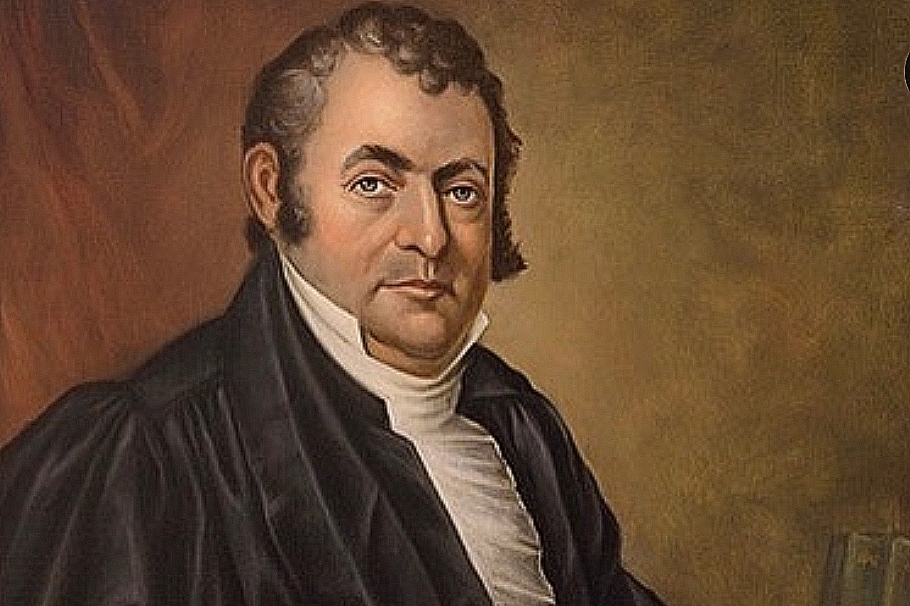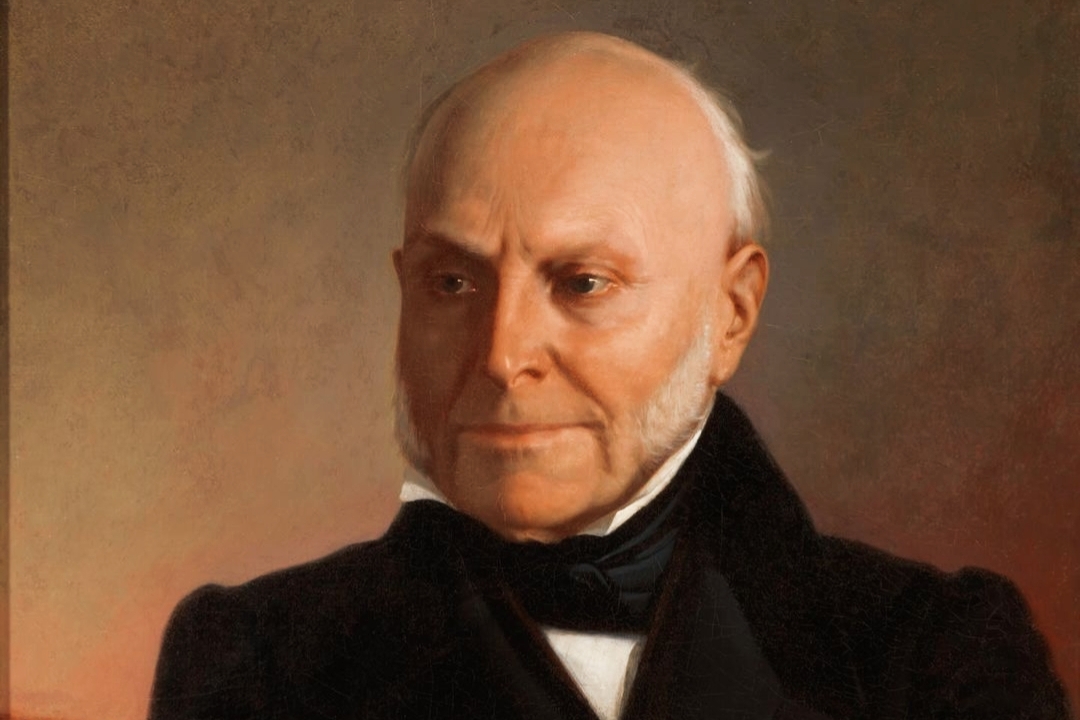John Quincy Adams, the sixth President of the United States, served from 1825 to 1829. Known for his intellect, diplomatic prowess, and commitment to national progress, John Quincy Adams’ presidency was a significant, though often controversial, period in American history. While his term was marked by political challenges and limited legislative success, his vision for the nation reflected his deep commitment to education, infrastructure, and liberty. This comprehensive examination of John Quincy Adams’ presidency delves into his achievements, struggles, and the lasting impact of his leadership.
Early Life and Political Career of John Quincy Adams
Before discussing John Quincy Adams’ presidency, it’s essential to understand the foundation of his political career. Born on July 11, 1767, in Braintree (now Quincy), Massachusetts, John Quincy Adams was the eldest son of John Adams, the second President of the United States, and Abigail Adams. Growing up in a politically active household, he was deeply influenced by the ideals of the American Revolution and the principles of governance.
Education and Early Diplomatic Service
- Adams studied at Harvard College, graduating in 1787, and quickly established himself as a brilliant legal and political mind.
- His diplomatic career began early, serving as a secretary to the American envoy in Europe during his teenage years. By the age of 26, he was appointed as the U.S. ambassador to the Netherlands by President George Washington.
Political Accomplishments Before Presidency
- As a senator from Massachusetts and later as Secretary of State under President James Monroe, John Quincy Adams played a pivotal role in shaping American foreign policy.
- The Monroe Doctrine, which established the Western Hemisphere as a sphere of American influence, was largely his work. His negotiation of the Adams-Onís Treaty in 1819 secured Florida for the United States.
This extensive political and diplomatic experience laid the groundwork for John Quincy Adams’ presidency.
John Quincy Adams Presidency: Election of 1824

The election of 1824, often called the “Corrupt Bargain,” was one of the most contentious in U.S. history. John Quincy Adams faced Andrew Jackson, Henry Clay, and William H. Crawford in a four-way contest. Jackson won the popular vote but failed to secure a majority in the Electoral College, throwing the decision to the House of Representatives.
The “Corrupt Bargain” Allegation
- With the support of Speaker of the House Henry Clay, Adams won the presidency. When Adams appointed Clay as Secretary of State, Jackson’s supporters accused them of a “corrupt bargain,” a charge that would haunt John Quincy Adams’ presidency and contribute to his political struggles.
Policy Vision and Priorities of John Quincy Adams Presidency
John Quincy Adams’ presidency was characterized by an ambitious agenda aimed at modernizing the nation. Drawing inspiration from his father’s Federalist principles, Adams envisioned a strong federal government that promoted economic growth, education, and infrastructure.
National Infrastructure Development
- Adams was a staunch advocate for internal improvements, such as roads, canals, and bridges, which he believed were essential for uniting the young nation.
- His administration proposed the construction of the Erie Canal and supported projects like the Cumberland Road to facilitate trade and migration.
Support for Education and Science
- Adams championed the creation of a national university, a federal observatory, and increased funding for scientific research. Although Congress rejected these proposals, his commitment to education and knowledge reflected his forward-thinking approach.
Economic Policies
- John Quincy Adams’ presidency emphasized economic nationalism, advocating for protective tariffs to shield American industries from foreign competition.
- His administration also promoted federal funding for innovations like steamboat technology, which revolutionized transportation and commerce.
Challenges During John Quincy Adams Presidency

Despite his visionary agenda, John Quincy Adams’ presidency faced significant political obstacles. His leadership style, often seen as aloof and intellectual, clashed with the populist energy of the Jacksonian Democrats.
Opposition from Congress
- The Democratic-Republicans, who dominated Congress, viewed Adams’ policies as overly elitist and unconstitutional. They consistently blocked his initiatives, including proposals for infrastructure and educational reform.
Sectional Tensions
- Adams’ support for federal power and national development projects alienated Southern states, which feared the expansion of government control over issues like slavery.
Popularity Deficit
- Unlike his charismatic rival Andrew Jackson, Adams struggled to connect with the broader electorate. His perceived elitism and the lingering accusations of a “corrupt bargain” undermined his public support.
Foreign Policy During John Quincy Adams Presidency
Although his presidency is often overshadowed by domestic challenges, John Quincy Adams continued to demonstrate his diplomatic acumen in foreign affairs.
Promotion of Trade
- Adams negotiated commercial treaties with several nations to expand American trade and strengthen economic ties.
Commitment to Peace
- He sought to maintain peace with European powers, avoiding entanglements that could jeopardize American interests.
Adams’ foreign policy during his presidency laid the groundwork for the United States’ eventual rise as a global power.
The Legacy of John Quincy Adams Presidency
While John Quincy Adams’ presidency is often regarded as ineffective due to his inability to enact many of his proposals, his vision for a stronger, more unified nation remains influential.
Key Achievements
- His emphasis on infrastructure development and scientific progress inspired future leaders to pursue similar goals.
- Adams’ commitment to moral principles, including his opposition to slavery, set him apart as a leader with unwavering convictions.
Post-Presidency Accomplishments
- After leaving office in 1829, Adams was elected to the House of Representatives, where he served for 17 years. He became a leading voice against slavery, earning the nickname “Old Man Eloquent” for his passionate speeches.
Impact of John Quincy Adams Presidency on American History

John Quincy Adams’ presidency marked a transitional period in American politics, bridging the era of the Founding Fathers and the rise of populist democracy. His focus on national unity, economic growth, and intellectual advancement set a precedent for future administrations.
Long-Term Influence
- Adams’ ideas about infrastructure and education found resonance in later policies, including those of Abraham Lincoln and Theodore Roosevelt.
- His principled stance on human rights, particularly his opposition to slavery, cemented his legacy as a moral leader.
Conclusion: Reflecting on John Quincy Adams Presidency
The John Quincy Adams presidency was a time of vision and frustration, marked by ambitious plans that were often thwarted by political opposition. While his term in office did not yield many immediate successes, his ideals and efforts left a lasting imprint on the nation.
This detailed look at John Quincy Adams’ presidency highlights a leader who, despite his challenges, sought to elevate the United States through innovation, knowledge, and principle. His legacy serves as a reminder of the complexities of governance and the enduring importance of striving for progress.

